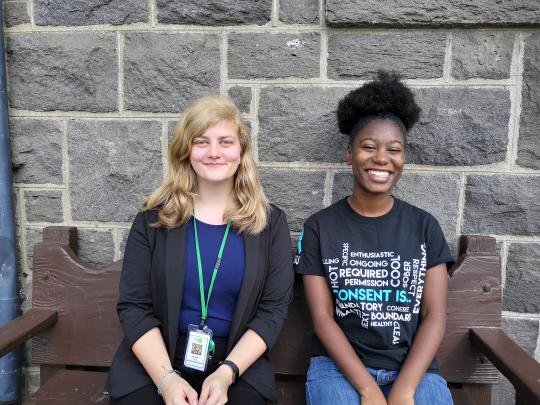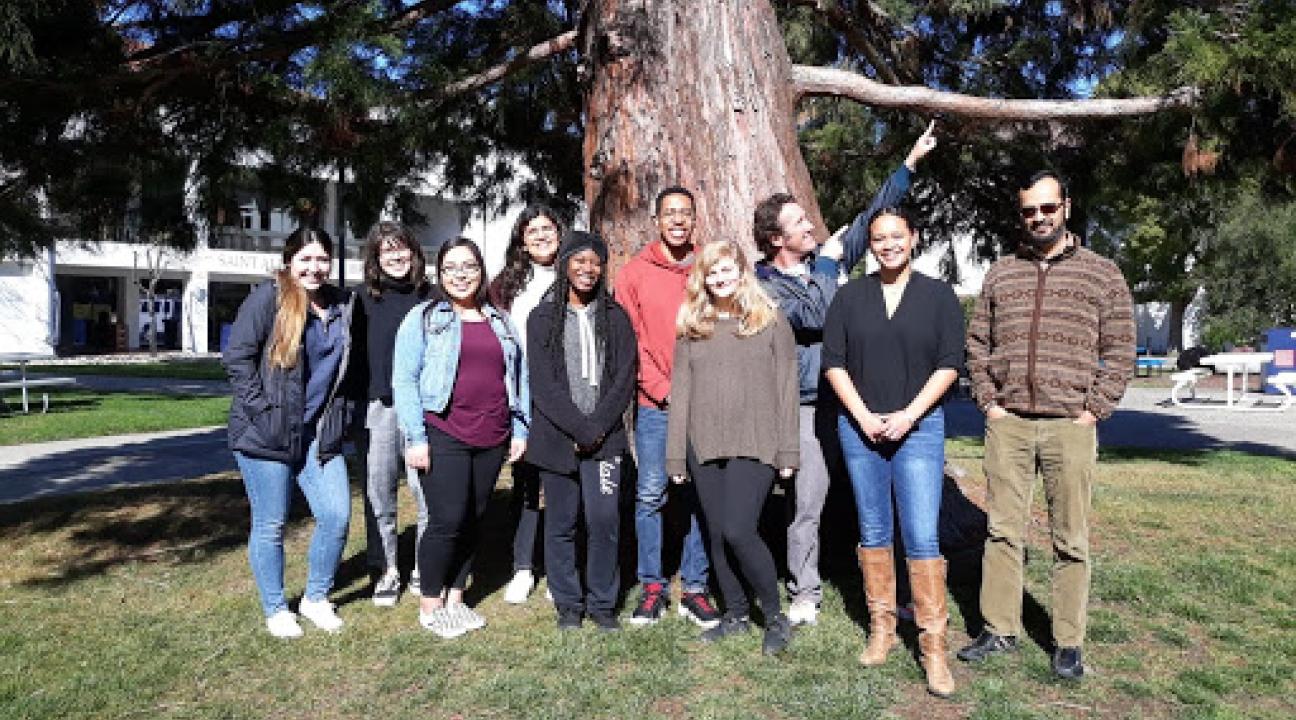Thinking of Becoming an AmeriCorps VISTA?
Thousands of students are about to graduate from SSU in the spring, but few truly know what their next step is. While college is an incredible opportunity to explore interests and find a career path, many people are still unsure of what their future holds after they walk across the stage. We were both personally unsure of what we wanted to do when we graduated from our colleges, and becoming AmeriCorps VISTAs led us to Sonoma County, to dedicate ourselves to service.
Jen: AmeriCorps can open the door to career paths and locations you would have never considered without it. You can help your community, your country, and yourself as an AmeriCorps VISTA, and join the thousands of VISTAs across the country in empowering their communities.
Alex: The groups and organizations I was a part of in college made me realize that I am very passionate about service and fostering a better and more equitable environment for my community. The opportunity of being a VISTA fell in my lap, in which I found out about the position through a friend while we were reviewing one another’s cover letters. However, once I did my own research about what being a VISTA member entailed, I was more intrigued. I wanted to be a part of an organization that worked to address critical community issues and dismantle structural oppression that has and continues to affect so many people. Being a recent graduate from Sonoma State and having the opportunity to work with the students and staff, has allowed me to keep the connections I have made as a student and expand on new projects and relationships.
Alex: One day of the week in the Center for Community Engagement office at SSU, I primarily work with students and faculty members who teach service-learning courses. My goal is to strengthen the connections between the students and community partners, where there is a reciprocal relationship and students can connect to the larger issue of why their service is needed. Assisting with campus events and other workshops has allowed me to deepen my understanding and efforts of collaborative action and what these strategies should look like to reflect the continuous work to create change.
Related: How Can Students Get Involved With the City of Santa Rosa?
The rest of the week, I work with the City of Santa Rosa’s Community Engagement office. This has taught me not only about the ins and outs of the City, but also the ways in which community members are affected by the policies in place and challenge that with how their voices can be heard and their inputs valued. While at the City four days out the week, I’m attending various meetings ranging from topics such as homelessness to health improvement, managing volunteers, connecting with community partners and organizations, working toward our upcoming Neighborfest events for the summer and providing extra support for my supervisor. Our office strives to strengthen the relationships with community members, work on how we can enhance our engagement strategies and be more proactive.
Jen: Like Alex, I also work one day a week at Sonoma State University. By working in tangent with the Center for Community Engagement, I am able to find students who want to volunteer for their community, and get them to help with one of the many programs we oversee. The health center, since it has such a strong presence in the community, relies on volunteers to help drive us forward. Our partnership with SSU has allowed me to find ready and eager students to help us better serve our community in a larger way.
Related: More Than a Health Center - How PHC is Reaching Beyond Clinic Walls
Then I’m at the Petaluma Health Center the rest of the week, where I oversee several programs. The health center believes that a healthy lifestyle doesn’t just mean going to your check-ups and getting your vaccines. Because of that view, I run a free food bank, for our patients and staff, help enroll people in health insurance, host community forums about convoluted topics like immigration and public charge rules, run a free tax help program for those who make less than $60k a year, help coordinate legal assistance for undocumented immigrants, and identify children in schools across Sonoma County that don’t have access to health insurance and help them enroll.

Author: Jennifer Anna and Alex Anderson





